Notes on Japan
The land of attention to detail
This post is too long for email so you might want to click the title and view it online.
I got back from my first trip to Japan a week ago. Observations below:
Urbanism and architecture
The main book I read in-depth before travelling was Emergent Tokyo: Designing the Spontaneous City. It’s a beautiful book of diagrams and prose explaining different archetypes of urban areas (it’s slightly let down by the overly theoretical and ideological final chapters).
Of the types of Tokyo urbanism it describes, I particularly liked zakkyo buildings, which, as Noah Smith puts it, are basically vertical strip malls for pedestrians. They’re multistorey, narrow buildings with different businesses and activities going on at each floor – I once looked up to see a barber operating on the fifth floor of one. Make sure you get out at the right stop on the elevator or you could find yourself in the wrong place!
I was also delighted by the convenience stores. If you’re the kind of person who often thinks things like: “I could maximise my time doing X at Y location if I could just pick up a snack on the way to Z” then you will like Japanese convenience stores. There are dozens of them, even in relatively low density neighbourhoods, so you can pick up a piece of fried chicken or a melonpan whenever you like, and at a reasonable price. There are lots of other unusual foods available, and the staff will often microwave the ready made meals for you. (Forget 30 seconds at 800w, this is the land of 10 seconds at 1500w using convenience store microwaves. Zap!)
Apparently 7-Eleven is struggling outside Japan, and is now subject to a takeover bid from Circle K, with a goal of building a global convenience store giant. Perhaps I can eat melonpan in Belfast in due course.
A lot of Japan’s architecture is very similar, which makes sense given much of the country was rebuilt in modern style after WWII. (This doesn’t explain why the architecture of Japanese temples is all basically the same, however.) You can get a sense of this on street view.
However, keep your eyes peeled and you can see brief instances of more intriguing architecture. Here are some of my favourites:
The Tōkagakudō Concert Hall in the Imperial Palace Gardens dates from the 1960s, and is used to host private concerts for the Imperial family. The smaller building at the front seems to be a modern reimagining of a traditional Japanese building, and the mosaic on the other part of the building was very unusual.
Kyoto and Kanazawa escaped bombing in WWII and feel different from Tokyo. The atmosphere is much less intense. There are many more hints of a prewar past, buildings and street layouts that seem much older. For instance, I spotted a couple of buildings that seemed more art deco in Kanazawa:
The second one was on was a surprisingly pretty street, almost solar punk-esque:
Back to more modern architecture, Ryukoku University in Kyoto managed to marry brutalism with greenery:
Relatedly, restoration in Japan seems to involve completely dismantling something and rebuilding it so it resembles its original purpose e.g. Himeji Castle, Imperial Palace walls. In modern Britain (and Ireland?) restoration means preserving the original even if the overall building becomes degraded and looks very different. Or, to paraphrase a friend, we’ve ended up treating buildings mainly as artefacts, sidelining the fact that they were built for aesthetic effect. (ChatGPT comments here.)
Attention to detail
Everything in Japan is tidy. Everything works. A striking underlying feature of the country is the attention to detail. Some examples:
On one train, the announcer said there is a carriage with the air conditioning turned up 1-2 degrees higher if people prefer that. (Is this because women prefer higher temperatures?)
When you insert a physical ticket into the ticket gates at train stations, the ticket pops out of the machine well in front of you, so you have to walk forward through the gate to pick it up. This forward momentum means you walk through the gates and get out of the way, rather than stand still and wonder whether it’s ok to proceed, causing a bottleneck in a busy station.
Not only are there markings on the ground at platforms to show people where to queue, they often have two lanes at once for the same platform. They are marked by symbols to show which queue corresponds to which order of incoming train, so you won’t get in the way of other commuters.
Japan has plenty of Western restaurants. Often they make comprehensive efforts to ensure everything in the restaurant was from the given cuisine’s origin place, such as magazines or movie posters on the wall. On top of that, the food is delicious and clearly prepared with a lot more care than in even an expensive Western equivalent. (Here is one example, Tex-Mex in Takayama. My Oklahoman wife said it’s some of the best Tex-Mex she’s ever had, authentic down to the plastic cheese on the nachos.)
Google Maps tells you which carriage to get onto for a fast exit to your destination, and which exit is best (these are poorly marked/done in London).
The Takenaka Carpentry Museum in Kobe is a great way to see how craft and meticulous attention to detail have been expressed in Japanese woodworking, including temple construction.
The front doors of buses are opened before the rear ones, which allows people to get off first and make room for the next set of people getting on.
A big drawback of gravel is that it spills everywhere and looks untidy. I’d never considered using a plastic grid to keep gravel in place. Much neater!
A final example. On one of our journeys, we had an eight minute transfer between trains. Our first train was a few minutes late, so our window shrank even further. Concerned, we wondered how we would figure out the transfer in time – though well signposted, Japanese train stations can still be confusing due to their sheer complexity.
We needn’t have worried. Upon sitting down in our first train, we saw a QR code on the seat back in front of us, marked for those transferring like us. It took us to a website with a map of the station and a YouTube video walking us through the transfer.
We made it with several minutes to spare!
Demographic collapse
To my surprise, Japan’s demographic problems mostly didn’t seem obvious when I walked around. We saw lots of schoolchildren, but maybe that’s because we were often in or near tourist sites.
For context, we spent time in Tokyo, Kyoto, Kanazawa, and Takayama, arranged by decreasing order of size (We spent a couple of extra days in Tokyo at the end, and I met Bryan Caplan at random in the Imperial gardens).
Admittedly Takayama was very quiet, but it’s more of a skiing town and we were there in summer, so it’s hard to know what to put it down to.
The national fertility rate is now 1.15, the number of births falling 5.7% from 2023 to 2024. Okinawa (the top left insert on this map) bucks the general trend in Japan and has a higher birthrate:
It looks like Okinawa is still following the main trend, however, as the fertility rate in 2024 had fallen to 1.54.
Daniel Hess (a.k.a @MoreBirths) has a Twitter thread arguing that Okinawa avoided anti-fertility messaging in the post-war period because it was ruled by the American military, not the Japanese government, and that this led to higher fertility. This sounds plausible, and I tried googling it to find out more, but there’s remarkably little discussion of this online so it’s hard to judge what’s going on. Given the demographic crisis in Japan – and the whole world – Okinawa merits more attention, much like South Tyrol.
More broadly, Daniel Hess thinks that greater religious toleration is the answer to increasing fertility in Japan. I think that would be a wonderful thing, but I worry Japan won’t become religious (and if any religion is going to take root there, it’s probably going to be Christianity) fast enough to avoid some really nasty demographic outcomes.
Cultural differences and cultural distance
The most puzzling aspect of spending time in Japan was class. The normal cues I use to infer context and ‘place’ people (for better or worse) were largely unavailable to me in Japan. Clothing, accent, names, different places – I either couldn’t tell the difference or the socio-economic implications were largely unavailable to me. People behaved similarly, everyone is nice and polite.
The subway ads were fascinating at times, and two stood out to me. One was an ad for Red Bull, a familiar Western brand, but instead of giving you “wiiings” in a cheeky manner, it’s sold as a way to get on top of your work:
Another interesting ad used cartoon animals (characters from a Japanese fable) to teach that instead of asking “Why are you in Japan?”, one should ask “What brought you to Japan?” Much more polite!
Perhaps most shocking was the nightlife.
Gaming arcades are popular in Japan and presumably are able to compete with consoles at home, which doesn’t at all seem to be the case in the West. Sometimes you see groups of young people hanging out and playing these games together, which seems good. Oddly, however, there were lots of lone middle aged men around too, wasting their post-work hours playing anime-type video games. It would be embarrassing for men their age to do that openly in the West.
Most disturbing were the young women walking around selling several hours at an entertainment bar in a zakkyo somewhere. Apparently this isn’t actually prostitution (which wouldn’t be advertised openly), but simply an opportunity to hang out with women in a bar. To me, it’s still quite seamy and, well, shameful. We even saw these services being advertised in upmarket areas, which would be unimaginable in the West.
A friend thinks that Japan is the developed country with the culture furthest away from the West. I understand what he means when it comes to people’s undifferentiated clothing, the widespread and unashamed fandoms, the relative absence of immigration and multiculturalism, the ubiquitous vending machines, even the built environment.
But I wonder whether China is more genuinely distant from us (again, excluding places that are rural and undeveloped, like parts of the Amazon and Central Asia). When visiting the Middle Kingdom, it’s advisable to get a burner phone. Most of your apps won’t be relevant anyway. It’s often hard to use your bank cards. People don’t speak English. They’re a Communist country. People stare at you in the street, and (outside of Beijing and Shanghai) you might be the first foreigner they’ve ever seen in the flesh or certainly the first one they’ve spoken to.
Public safety
One feels incredibly safe at all times in Japan, even in the busiest parts of Tokyo.
I asked a Japanese-American friend who lives in Tokyo why there is so little petty crime. “We just wouldn’t do that!” he said. Quite. (He also told me that the relatively high rate of crime in the West is regarded by some Japanese as a reason not to convert to Christianity).
Proof of the low crime rate was confirmed when I left my AirPods on a platform on my way to the airport. Despite being one of the easiest and most tempting items to steal (small and high value), they appear to have been handed into lost and found and sent to a central train station. Truly, this is a high trust society.
Food
Saving the best till last, it’s only appropriate to end with the food. Virtually every meal in our two weeks there was excellent, and at a very reasonable cost.
I’ve already mentioned the convenience stores and the excellent Western food, so here were some other highlights:
A robot brought us our food in a curry restaurant in Kanazawa Station. A friend of mine doesn’t want to go to Japan because he thinks everything will be heavily intermediated by computers, a dystopian fantasy that is perennially on the horizon but never really arrives. I can confirm that this was the only time we were served by a robot, though we ordered food via tablet computers several times, which isn’t really any different from using a screen to order at McDonalds at home.
The sheer variety of cuisines is part of what makes Japan such a great place to eat. Ramen, sushi, curry, udon, soba, and much more are available basically everywhere.
We also went to a delicious Yakiniku (grilled meat) place in Kanazawa, where we enjoyed a variety of mouth watering cuts of beef, including cheek. Yummy!
If you haven’t already concluded that this was a fascinating and enjoyable trip, let me stress that once again. Visit Japan!


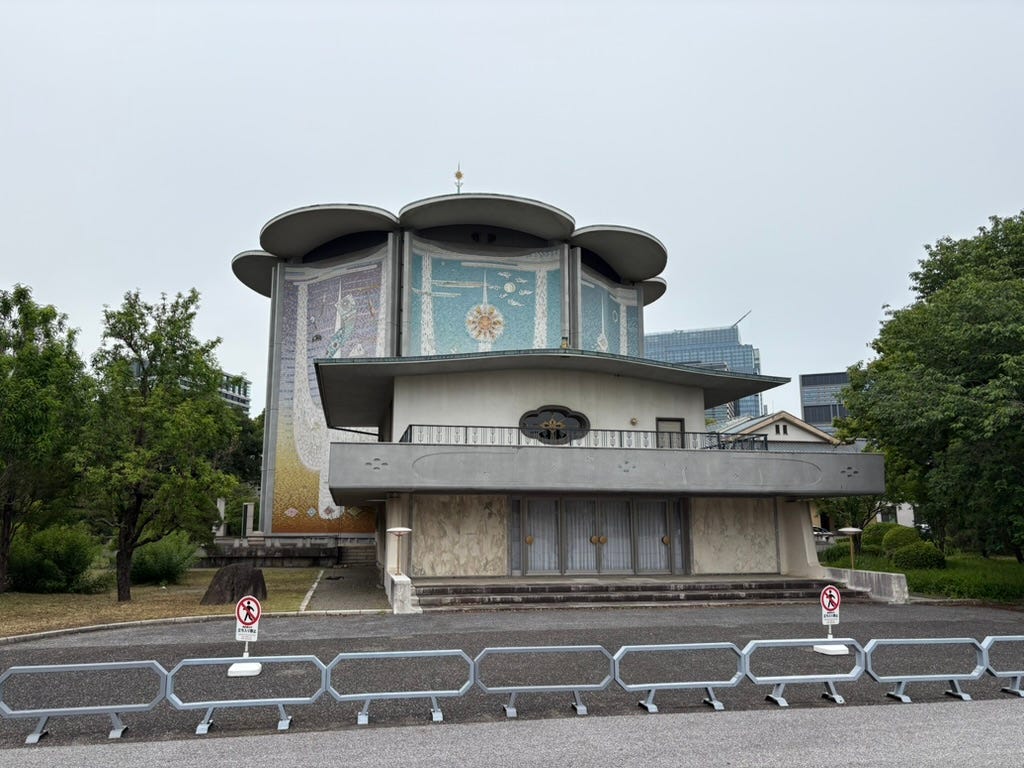
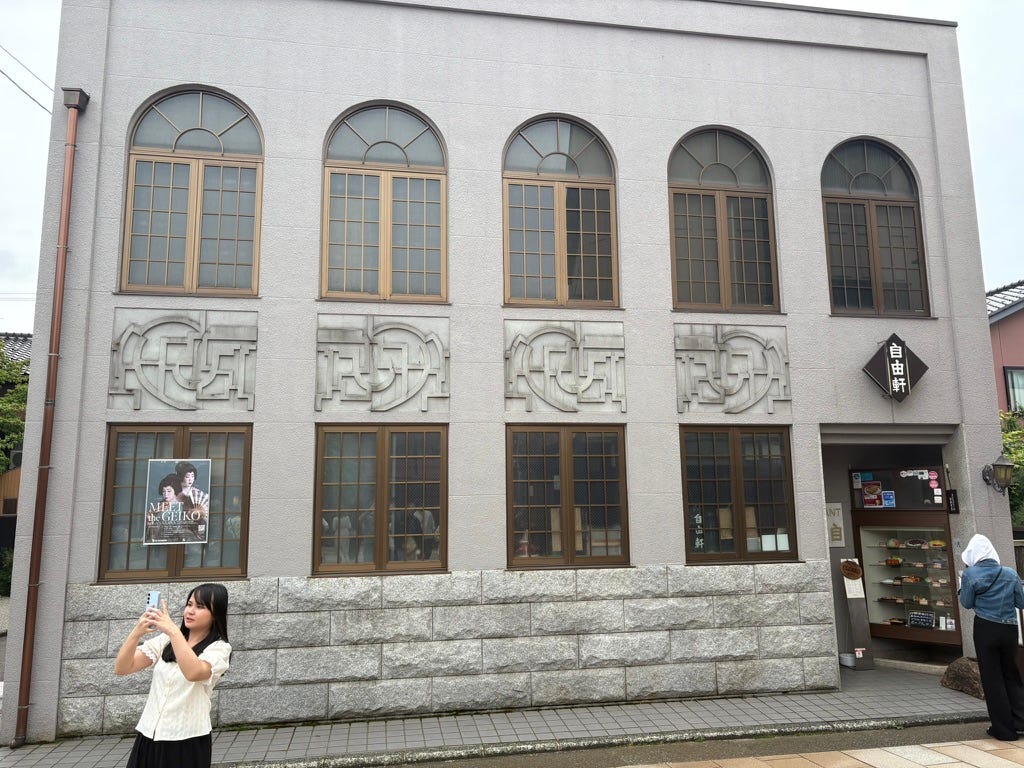

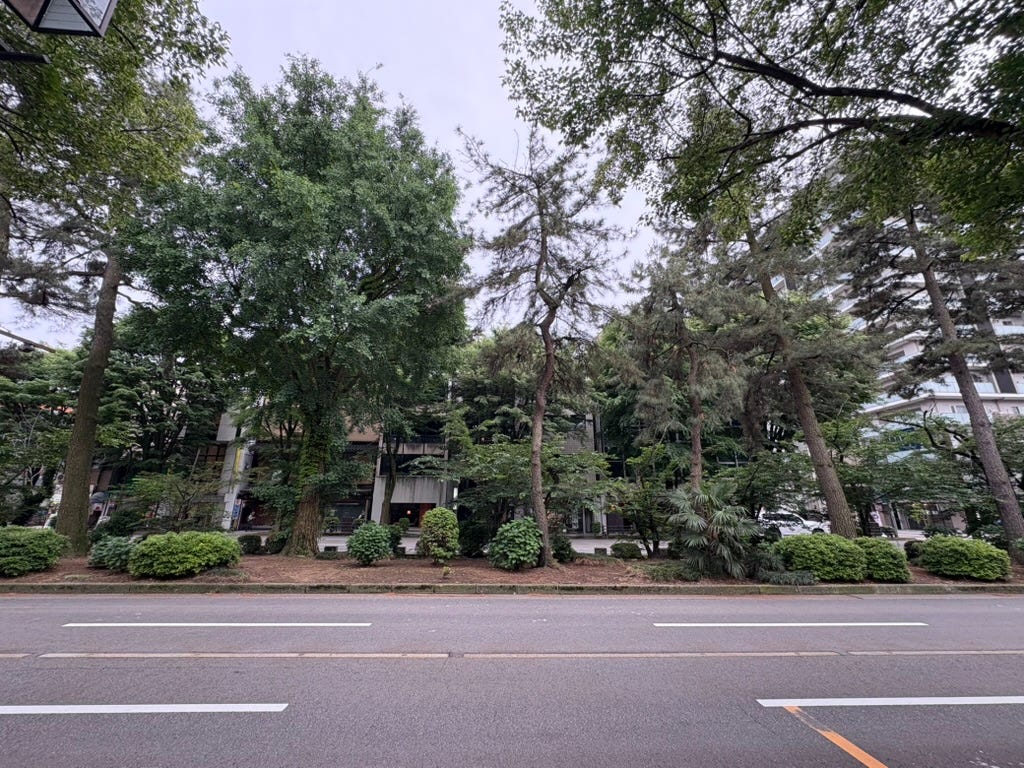
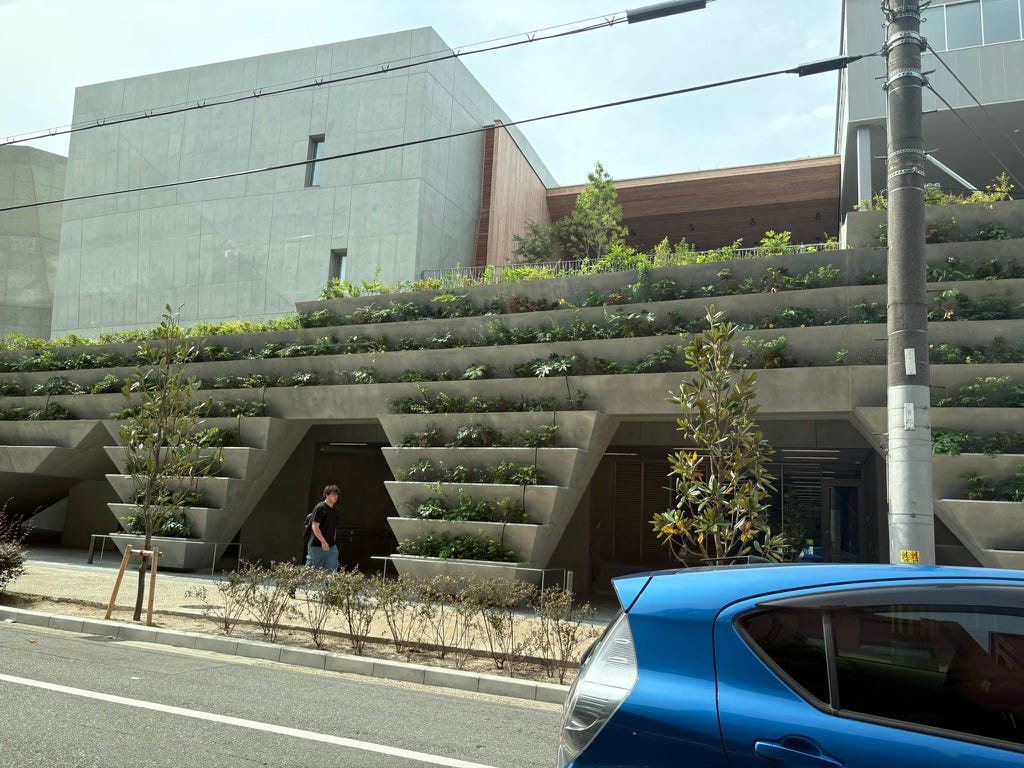

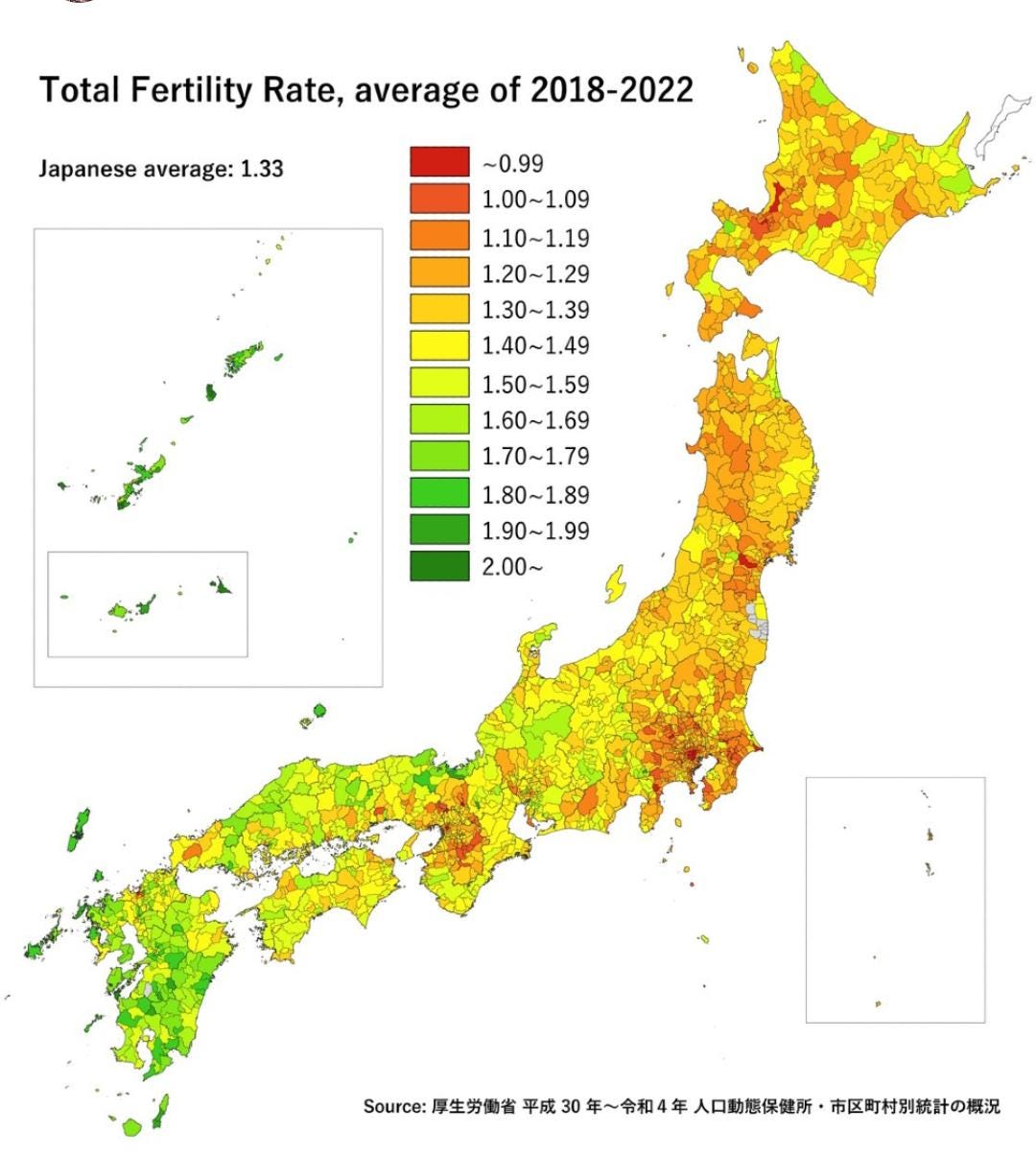

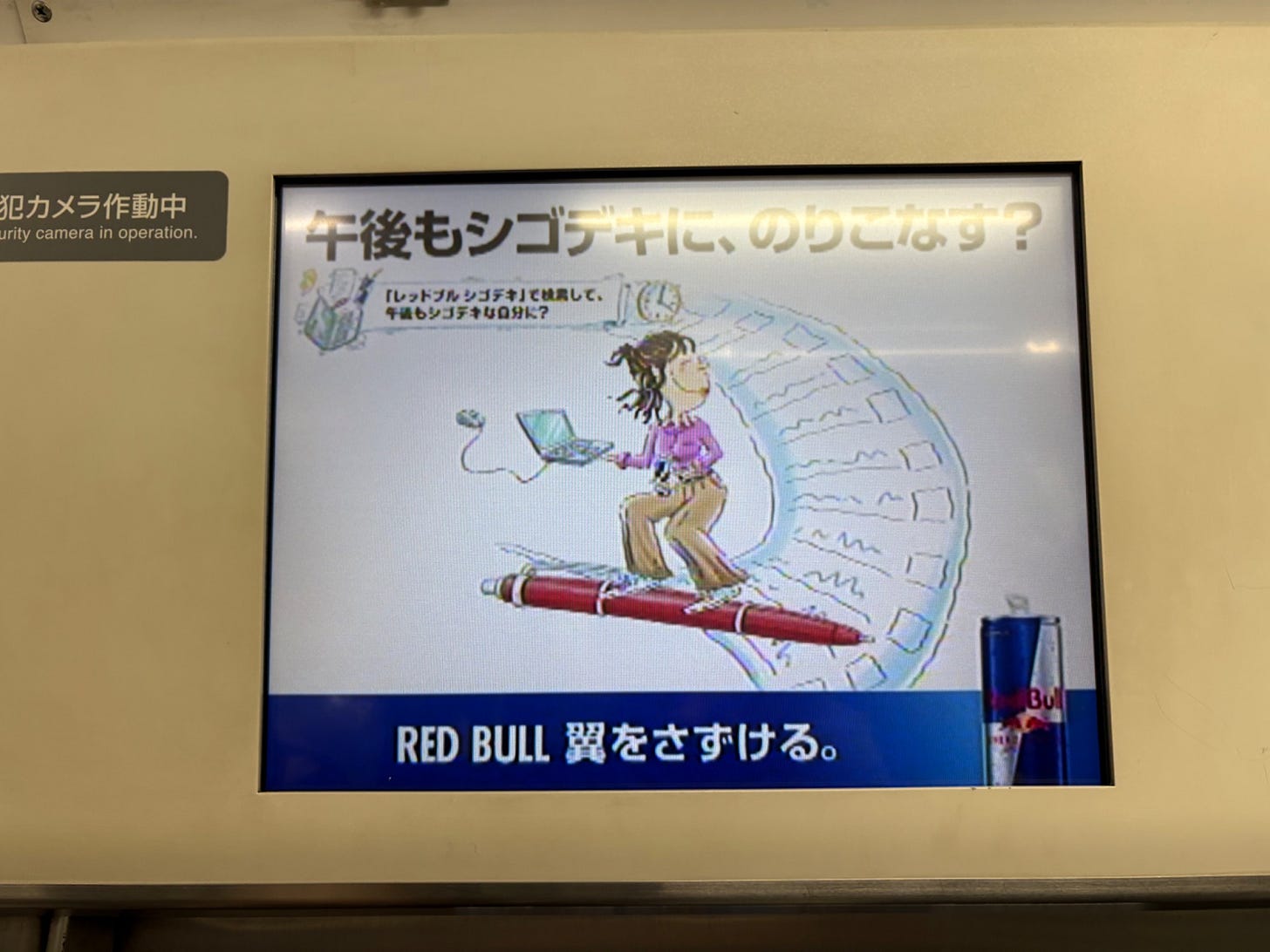
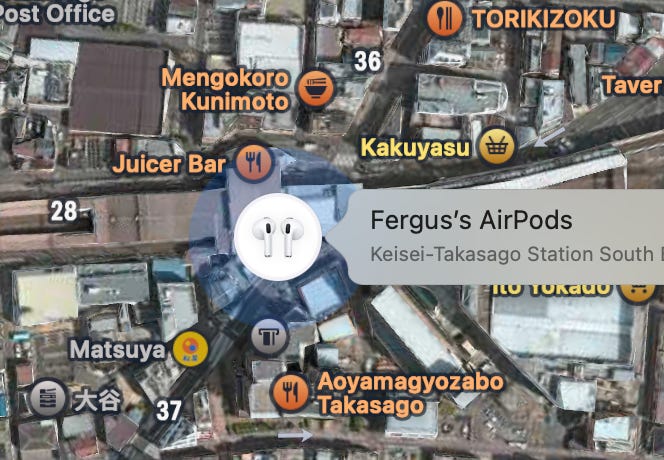
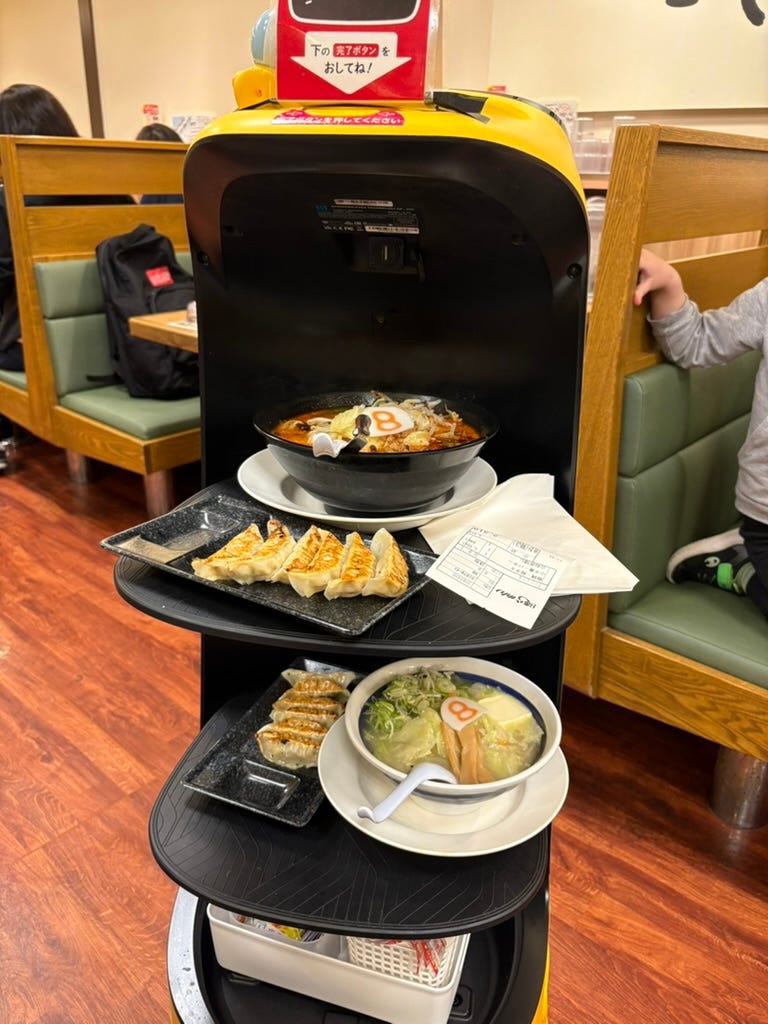

Curious about your religious experiences. Did you find a church? Are there people doing missionary work?